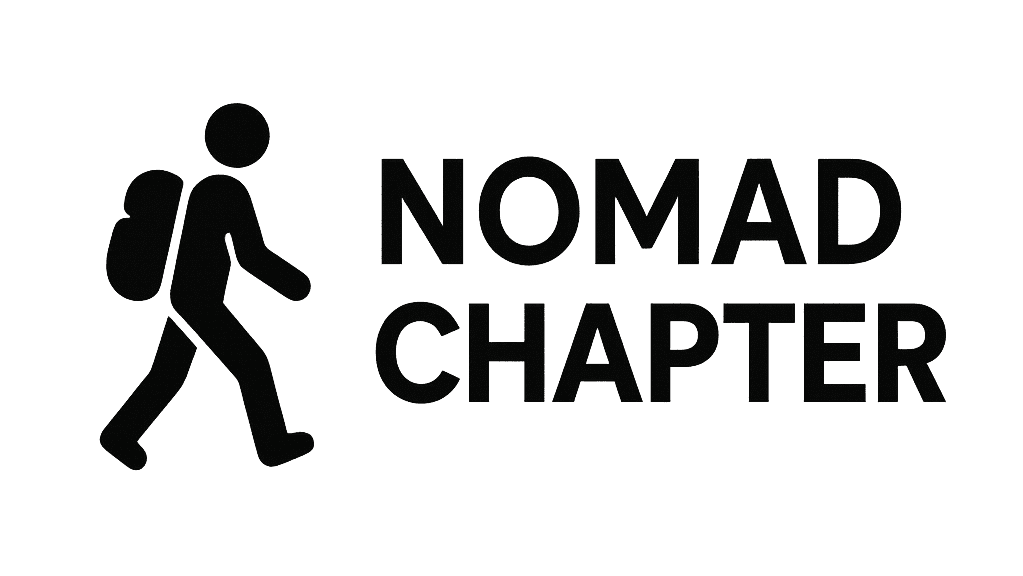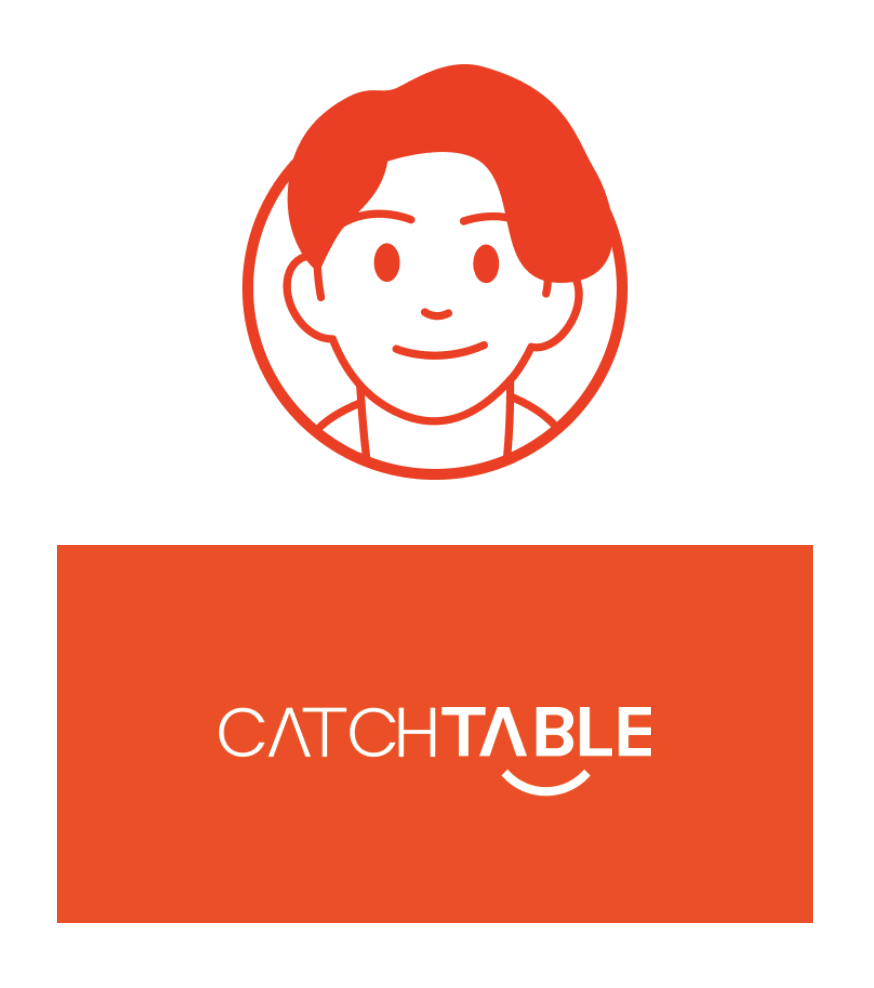If you want to experience real local restaurants in Korea—the ones Koreans themselves line up for—you need to know about Tabling and Catch Table.
These restaurant waiting apps allow users to secure a spot in the queue remotely instead of physically waiting in line. Unlike most restaurant reservations in Korea, which rely on Naver’s booking system, these apps operate independently, making them essential for anyone looking to dine at high-demand restaurants.
This guide covers everything about Tabling and Catch Table—how they work, why Koreans use them, the pros and cons for foreigners, and why you need both apps to navigate Korea’s restaurant scene.
What Are Tabling & Catch Table?
Tabling – The Go-To App for Waiting List Management
- Mainly used for restaurants with long queues in Korea.
- Allows real-time waitlist registration and remote check-in.
- Helps diners avoid waiting on-site and manage time efficiently.
- Does not rely on Naver’s reservation system, making it the only option for some restaurants.
Catch Table – Reservation & Waiting List Hybrid App
- Offers both reservations and real-time waitlist registration.
- Supports advance booking for popular restaurants, unlike Tabling, which is primarily for waitlists.
- Includes high-end restaurants, Michelin-starred venues, and hotel dining options.
- Many restaurants that do not use Naver reservations are listed here instead.
Why Do Koreans Use Restaurant Waiting Apps?
Dining in Korea’s most popular restaurants often requires waiting for over an hour. Instead of standing in line, Koreans use Tabling and Catch Table to manage wait times effectively.
✔ Many restaurants do not use Naver’s reservation system, making these apps essential.
✔ Register on the waitlist remotely instead of physically waiting at the restaurant.
✔ Check real-time queue status before heading to the restaurant.
✔ Use waiting time efficiently—explore nearby cafes or go shopping while waiting.
Since Naver’s booking system does not cover all restaurants, Tabling and Catch Table are the only ways to secure a seat at many local favorites.
Can Foreigners Use Tabling & Catch Table?
Advantages
✔ Access to restaurants that only locals know about.
✔ Easy check-in process—just register on the app and scan the QR code.
✔ No need to speak fluent Korean—once you’re on the list, just show your confirmation.
Disadvantages
🚫 Apps are only available in Korean—no English support.
🚫 Foreign phone numbers cannot register—requires a KakaoTalk-linked account.
🚫 Some restaurants may require ID verification for reservations.
Solutions for Foreign Users
- Create a KakaoTalk account before traveling to Korea.
- Use Google Translate to navigate the app interface.
- Ask a local friend or hotel staff to help register for the waitlist.
Why Do Koreans Use Both Tabling & Catch Table?
While both apps serve a similar purpose, they list different restaurants, so Koreans often use both.
Tabling is best for:
- Trendy restaurants with long waitlists (especially in Seoul’s Hongdae, Gangnam, Seongsu, and Busan’s Haeundae).
- Popular cafes and casual dining spots featured on social media.
Catch Table is best for:
- Fine dining, Michelin-starred restaurants, and hotel dining.
- Advance booking for high-demand restaurants that do not allow same-day waitlist registration.
Key reason for using both apps:
Many restaurants in Korea do not use Naver’s booking system, so using Tabling and Catch Table is the only way to secure a table at certain places.
Final Thoughts – Essential Apps for Dining in Korea
✔ To dine at popular local restaurants, Tabling and Catch Table are a must.
✔ Different restaurants use different apps, so installing both is the best strategy.
✔ Since Naver’s reservation system does not cover all restaurants, these apps offer the only way to get into exclusive local spots.
✔ Foreigners can use these apps, but will need a Korean phone number or KakaoTalk account to register.
If you want to skip long lines and experience real local dining in Korea, make sure to download both Tabling and Catch Table before your trip.

